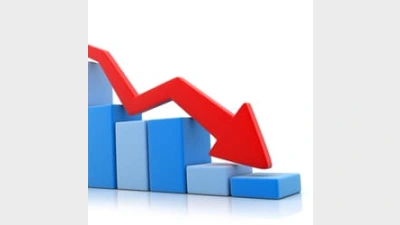Tax bites into Praemium profits



Listed software and technology provider Praemium Limited has paid part of a deferred tax asset, effectively adding a further $2 million loss to their half-year results to the end of December 2013.
In figures released to the Australian Securities Exchange (ASX), Praemium stated it would post a net loss after tax of $668,000 but would also post a further tax-related loss of $2 million for a total loss after tax of $2.668 million.
The tax-related loss was flagged in the group’s 2013 full-year results when Praemium reported it had recognised a deferred tax asset of $4.7 million, which would reduce over time as future profits increased.
Praemium stated that with its “Australian business again profitable during the first half of FY2014, a tax expense of $2.0 million has been recognised. As a consequence, Praemium’s reported Net Loss After Tax for the first half of FY2014 was $2.7 million, with the Group’s deferred tax asset being reduced by that amount.”
In its statement to the ASX, Praemium said that revenue was at $8.4 million, an increase of 30 per cent compared to the first half of 2013. Underlying earnings before income tax, depreciation and amortisation were recorded as $163,000 loss but had improved by 37 per cent compared to the first half of 2013.
Praemium also stated it had a boosted cash outflow of $580,000 for the half year as a result of ongoing investment in the business and had $7.95 million of cash in hand as well as no group debt.
Praemium chief executive Michael Ohanessian said the company had focused on strengthening its product suite and investing in the business to support growth in the Australia and international markets where the group operates.
“We have significantly upgraded client services for our London operation, and will now be able to manage the considerable growth we expect for our international SMA. We have also added an in-house investment management capability; as a result our business will be more scalable and, importantly, will allow us to capture a higher operating margin,” Ohanessian said.
Recommended for you
In this episode of Relative Return Insider, host Keith Ford and AMP deputy chief economist Diana Mousina break down the spike in inflation numbers and what it means for the possibility of a rate cut as we move into the new year.
In this episode of Relative Return Insider, host Keith Ford and AMP economist My Bui explore Prime Minister Anthony Albanese’s trip to the US and the critical minerals deal stemming from his meeting with President Donald Trump.
In this episode of Relative Return Insider, host Keith Ford and AMP chief economist Shane Oliver unpack the latest unemployment numbers and what they mean for a rate cut, as well as how the latest flare-up in the ongoing US–China trade dispute has highlighted the remaining disparity between gold and bitcoin.
In this episode of Relative Return Insider, host Keith Ford and AMP chief economist Shane Oliver take a look at the unfolding impacts and potential economic ramifications of the US government shutdown and the surge in gold and bitcoin prices.







